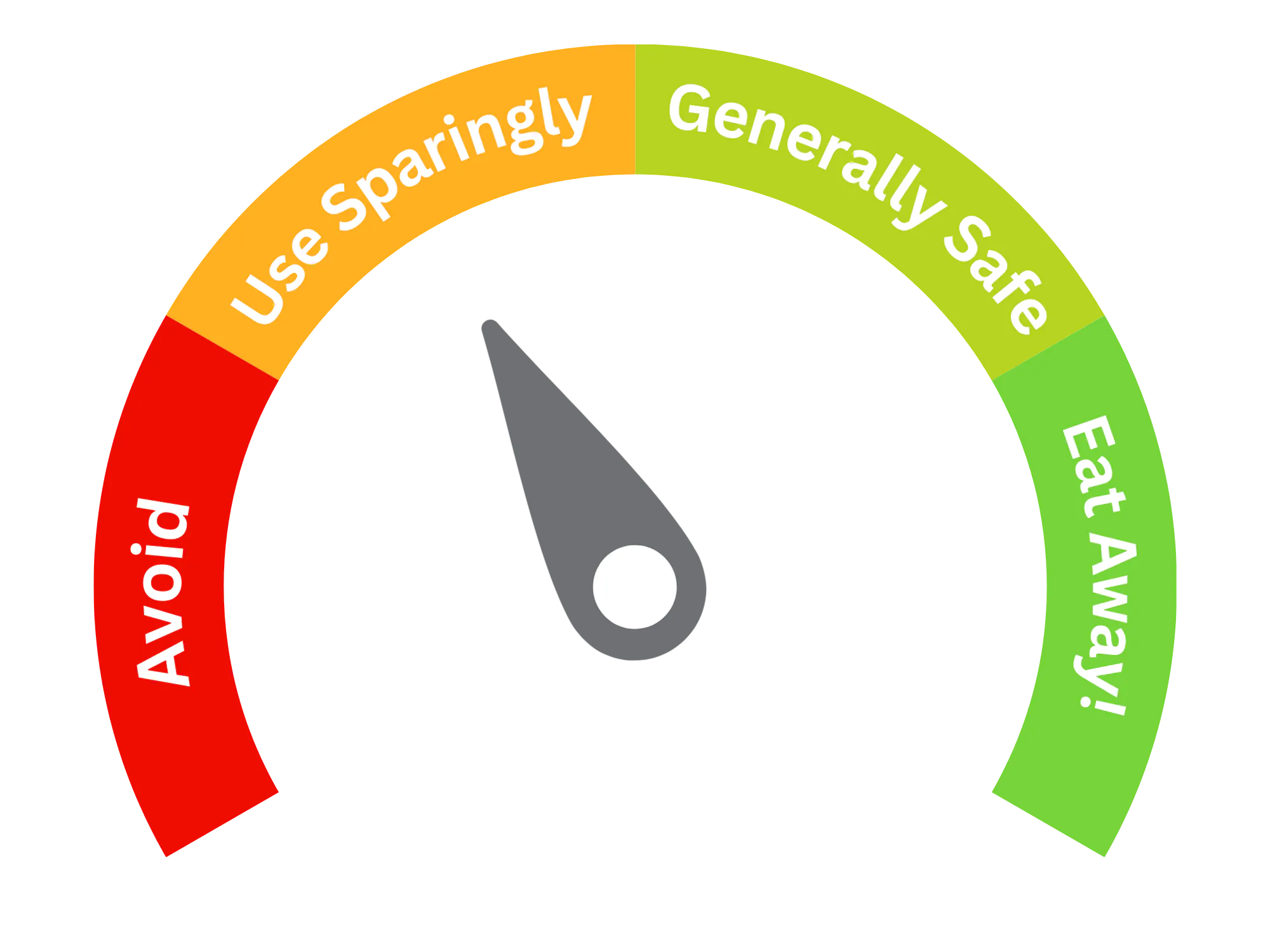Cyclamate (E952)
| Type of additive (Glossary) | Sweeteners |
| E Number | E952 |
| Chemical Formula | C6H12NNaO3S |
| Also Known As | Sodium Cyclamate Calcium Cyclamate |

Purpose and Function
A synthetic sweetener that is about 30 to 50 times sweeter than sucrose (table sugar). It is widely used in food products as a sugar substitute, particularly in low-calorie or sugar-free items. Its primary functions include:
- Sweetener: Cyclamate is commonly used in beverages, baked goods, candies, and other processed foods as a sugar alternative. It provides sweetness without the calories, making it popular in diet products.
- Blending Agent: Cyclamate is often used in combination with other artificial sweeteners, such as saccharin, to enhance the sweetness profile and reduce the bitter aftertaste that can be associated with other synthetic sweeteners.
Because it is heat-stable, it can be used in both hot and cold preparations, making it versatile for a variety of food and beverage applications.
Potential Risks and Side Effects
While cyclamate is effective as a low-calorie sweetener, its safety has been the subject of controversy since its discovery:
- Cancer Concerns: In the 1960s, studies conducted on laboratory animals suggested that cyclamate might be linked to an increased risk of bladder cancer when consumed in high doses. This led to it being banned in the United States in 1969. However, subsequent studies have not consistently replicated these findings in humans, and the World Health Organization (WHO) has concluded that cyclamate is safe for human consumption within certain limits.
- Metabolism and Conversion: Some individuals have gut bacteria that can convert cyclamate into cyclohexylamine, a compound that has been associated with toxic effects in high concentrations. However, the levels of cyclohexylamine produced in most people are generally considered too low to cause harm.
- Regulatory Variance: This additive is banned in the United States due to the cancer concerns mentioned earlier, but it is approved for use in more than 100 countries, including the European Union, Canada, and several Asian nations, where it is regarded as safe for human consumption when used within acceptable daily intake (ADI) levels.
